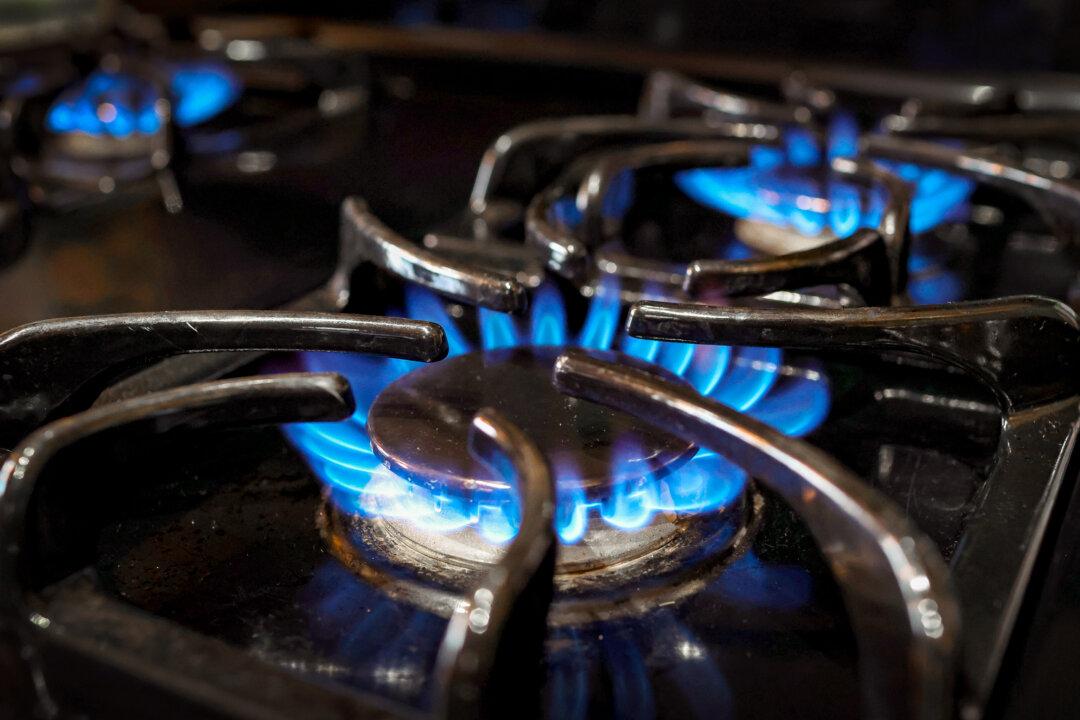Democratic presidential hopeful Jay Inslee’s recently announced climate plan would come at a very steep price, putting the average U.S. household on the hook for $75,000 over the next 10 years. Even worse, despite the enormous cost, Inslee’s plan would have virtually no effect on global temperature.
Inslee’s Evergreen Economy Plan is similar to self-avowed democratic socialist Rep. Alexandria Ocasio-Cortez’s (D-N.Y.) “Green New Deal,” as both call for eliminating conventional energy production. Inslee’s “plan catalyzes roughly $9 trillion in investment” over 10 years to accomplish that radical goal.





